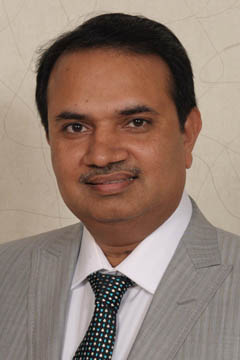
Slum redevelopment ensures inclusive growth
The business of redevelopment has a long gestation period but the end result is better living for the poor, improved civic amenities and infrastructure of the city and additional housing for the influx.

The business of redevelopment has a long gestation period but the end result is better living for the poor, improved civic amenities and infrastructure of the city and additional housing for the influx.
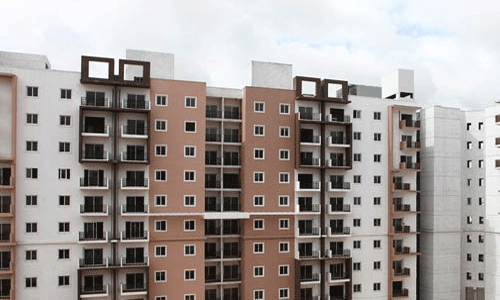
Anmol Shah, the Gujarati businessman settled in Mumbai, has both the emotional as well as rational reasons to invest in property this time on Akshay Tritiya. His astrologer has suggested that very much like a few years back when he bought his first flat in Mumbai, followed by an office in one of the Central Business Districts (CBD) on Akshay Tritiya, he should yet again buy the second house on the auspicious day this year.
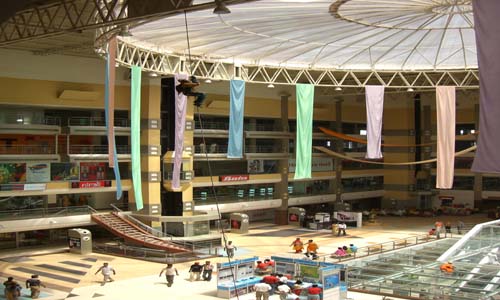
While most of the retailers in India blame more to the frontline cost of the real estate than supply chain hurdles, online retailers like MyGrahak project it as a cost competitive advantage.
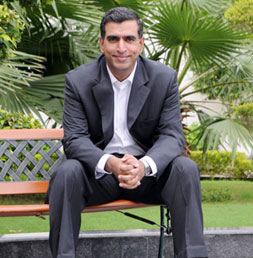
In addition to professionalism, enacting laws to enforce high standards of disclosure, transparency and corporate governance within the realty sector are also needed in order to minimize investor risk. Specifically with consumer interests in mind, there must be a redressal or complaint handling mechanism that provides much needed recourse against customer grievances.
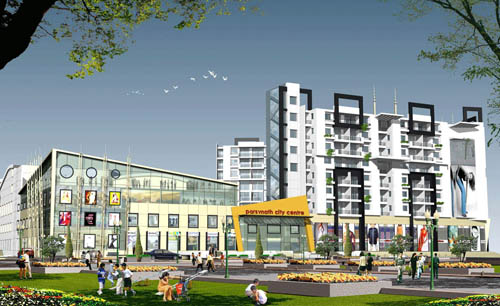
Sahara Group, ICICI Bank, Bhushan Steel, Bharti Realty, Red Fort Capital and Shri Lal Mahal are understood to be in the race among others to acquire Parsvnath Developers’ 1.18 acre of prime commercial land near Connaught Place in the National Capital.

Just over a decade ago nobody would have even thought about the redevelopment. What then changed in the last two decades? Well, almost about everything changed as far as vision about the urban infrastructure and living is concerned.

Since the hospitality sector was previously considered a part of Commercial Real Estate (CRE) and was subject to the same risk exposure, the cost of such debt was high. In September 2009, new guidelines on CRE released by the Reserve Bank of India, asserted that the hospitality sector would no longer be treated as a part of CRE and risk exposure would be based on the profile of the borrower and the nature of the project.

In 1959, Charles E Lindblom, the American political scientist, published a paper in the Public Administration Review entitled The Science of ‘Muddling Through’. In this, he contrasted what he called the ‘root method’ of decision-making with the ‘branch approach’.

India’s growth story has many facets; one of the integral parts of growth – and arguably the most important one – is urbanization. In fast-growing economies, cities are significant investment and employment generators, which in turn carry the growth momentum forward. The sustainability and livability of any city depends largely on the quality of its infrastructure and real estate stocks. Needless to say, cities also require large sums of money to create urban asset stocks, including buildings and infrastructure.
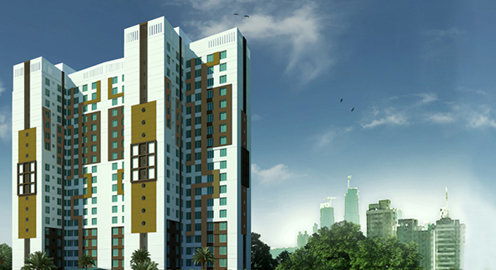
Mantri Developers has collaborated with Cisco to develop new ICT-enabled real estate models ‘Mantri Connected Communities and Smart Homes.’ This collaboration combines Cisco’s Smart+Connected Communities vision with Mantri’s experience as a pioneering smart urban developer to provide connected and sustainable communities and an enriched living experience to its residents.
